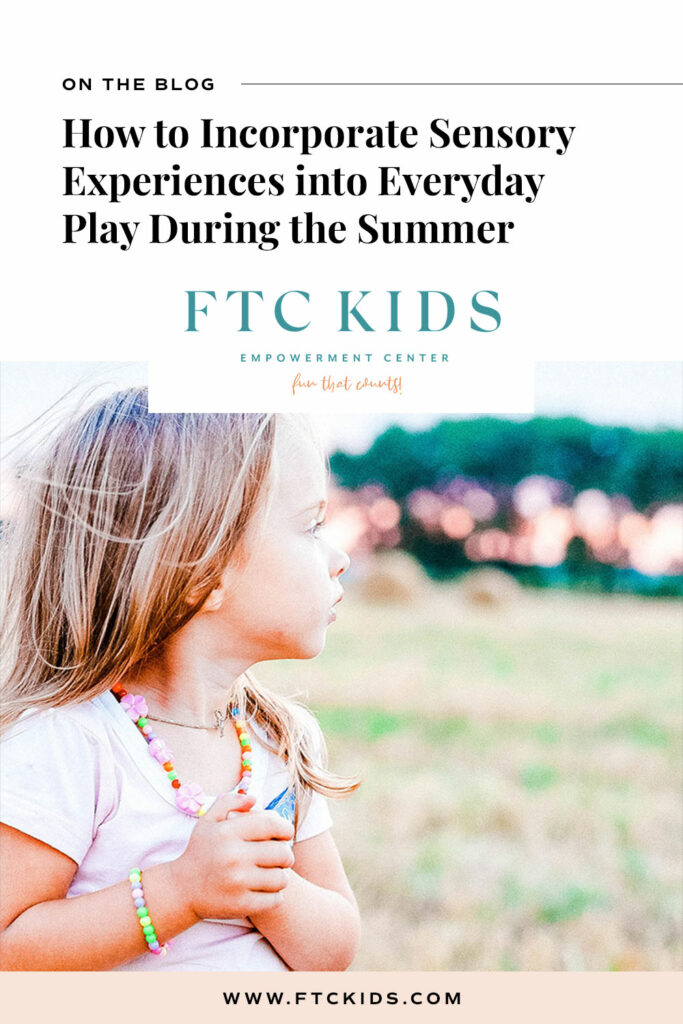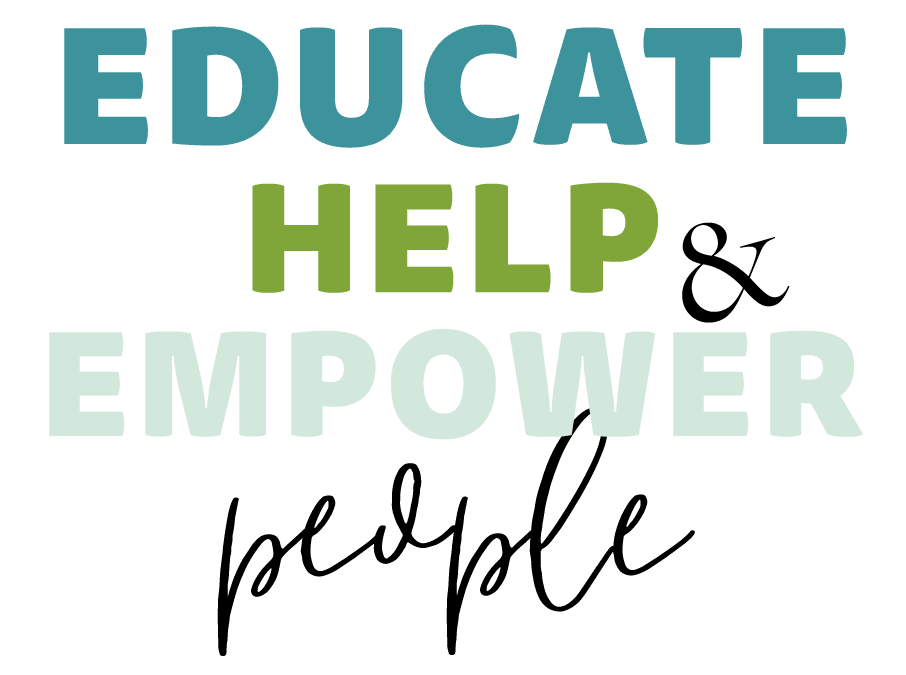Summer is just around the corner and there are many ways to incorporate sensory activities and experiences this summer. Many families have been confined to their homes which has resulted in their children not being able to meet their sensory needs across settings, such as school, parks, or sensory gym facilities.
The COVID-19 pandemic has changed the way that children explore and process this world. Many children have not had the sensory-rich experiences that they need to thrive in this overstimulating world.
Shifting our children from the digital play that was used so frequently during the pandemic into more sensory-rich play can be overwhelming yet beneficial for this next generation. Since sensory play can cause reactions (positive or negative), we will provide you with some signs on how you can tell if your child is exhibiting signs of sensory overload or craves specific sensory input.

Signs of Sensory Overload
- Appears over-excited or over-sensitive following activity
- Becomes distracted, disoriented, or confused
- Feeling nauseous of vomits
- Appearing pale, flushed, sweaty, clammy
- Rapid or slow breathing
- Decreased or increased muscle tone (e.g. becoming “stiff”)
- Tremors
- Glazed-over look in eyes
- Drowsiness/fatigue
- Irritable/ anger outbursts
- “Shuts down”—Refusing to participate in activity
- Covering ears or eyes
3 Sensory Activities to Incorporate into Play During the Summer
First and foremost, the most important tip is to make it fun. Children are the most receptive to play, considering it is their largest occupation, in addition to school! So, no matter what you are doing with your child, make sure that it is fun, motivating, and enticing.
The more that the activities seem like a “job” or “exercise,” the more push-back will be received.
So, no matter what activity your child chooses, help assist by adding ideas into their play, for example, create a plot or a scene.
Jump off of your “castle” because the “dragons” are coming, make your wagon your “boat” and pull it “across the river,” push a basket that is now a “car” that “needs to make it across the road.”
Remind yourself what it was like to be a kid and just play!!! Use your creativity, channel your inner child, and have fun!
Here are some simple and fun sensory activities for summer:
1. Crawling across outdoor chair cushions:
Set up your outdoor couch/chair cushions to create a “pillow bridge” that your children can crawl over! Pillows can also be placed on an angle creating a “pillow tunnel,” where your child can then crawl on the grass under the tunnel.
- Crawling is good for all ages, not just for babies! It’s a great way to work on your child’s visual system, strength, stability, hand eye coordination, reflex integration, crossing midline, & balance.
- Assists in integrating the Symmetrical Tonic Neck Reflex (STNR) and Asymmetrical Tonic Neck Reflex
- Provides proprioceptive and tactile input to children’s fingers, hands, wrists, shoulders which provides regulating benefits
2. Hot dog rolls:
Turn your child into a real-life hot dog by rolling them up in your biggest beach towels and allowing them to escape! You can also “un-roll them” as well. While they are inside, you can provide deep tactile pressure by rolling a kickball up and down their backs and fronts (pretend it’s ketchup and mustard!)
- Rolling them up and allowing them to escape provides tactile input and deep pressure which is very regulating. When they are required to escape the roll, they are using their muscles to pull themselves out of the towel, providing proprioceptive input to their joints, muscles, and tendons.
- When utilizing a kickball to roll up and down their bodies, provide pressure! Ask your child if they want “heavy” “medium” or “light” pressure. This deep pressure will lower your child’s arousal level through deep pressure tactile feedback.
3. Wheelbarrow/ wagon pushes/ pulls:
Put a sibling, some heavy toys, or some stuffed animals into a wheelbarrow/wagon and have your child push/pull it around the yard to take their friends on an adventure!
- Pushing/pulling heavy items provides proprioceptive input to your child’s upper body. The Proprioceptive System provides feedback from our muscles, joints, and tendons to the rest of our body giving us body awareness and graded force. This is the most organizing and regulating sensory system.
- Heavy work can help give them that grounding and increase body awareness. This can be very calming, organizing, and regulating, decreasing stress and anxiety.
So no matter what activity you choose, make it fun. Spend 10-15 minutes of uninterrupted play with your children. Join this world of imagination and creativity. Magic is all around. All you have to do is stop and be present.
Please visit our website www.ftckids.com for more parent resources and ways to incorporate therapeutic movements into your play experiences.
Written by Stephanie Dorgan



















Comments
0 Comments